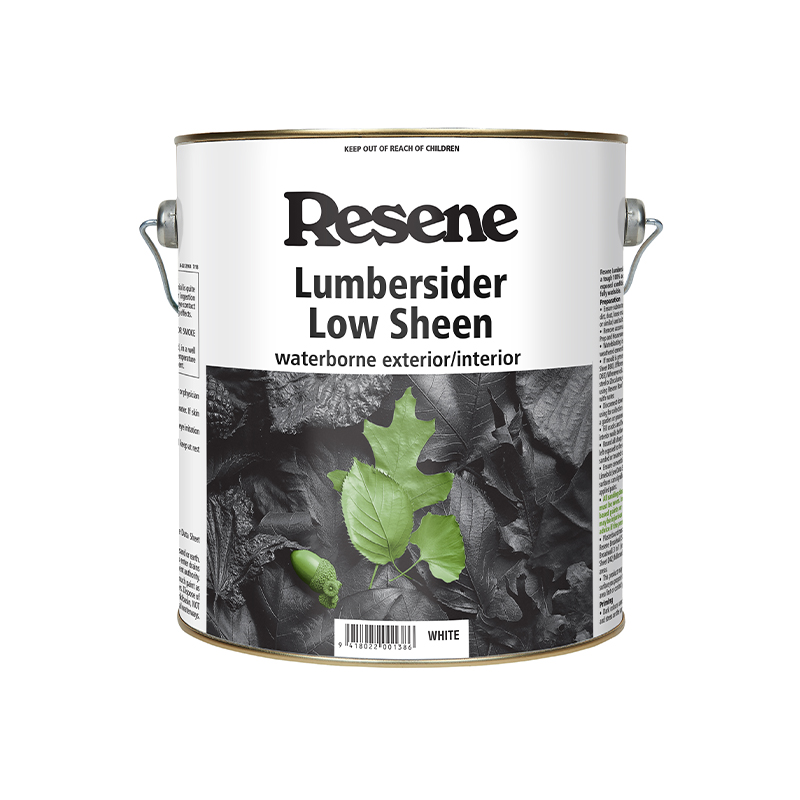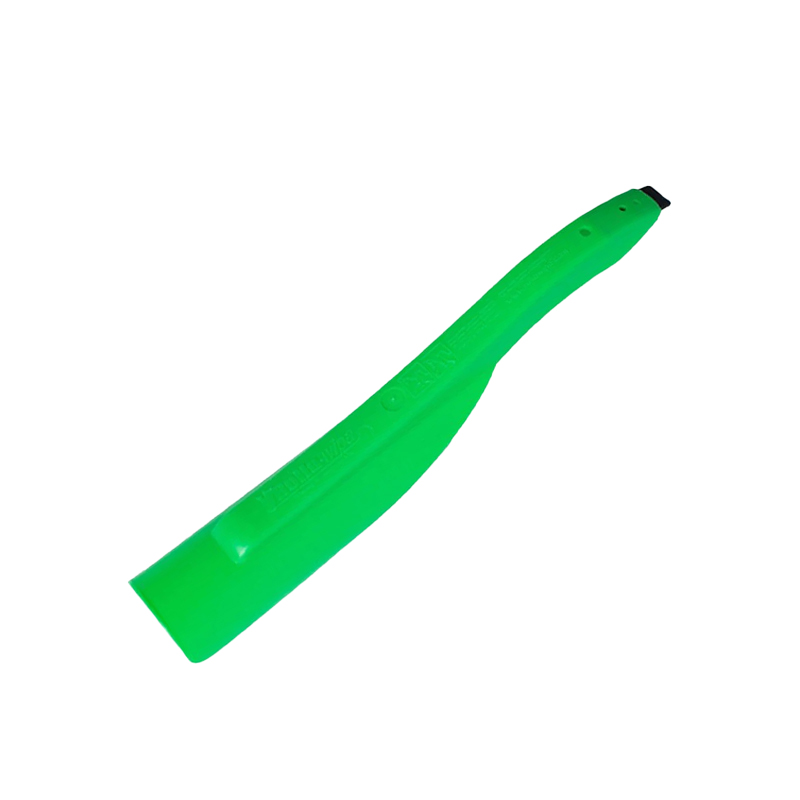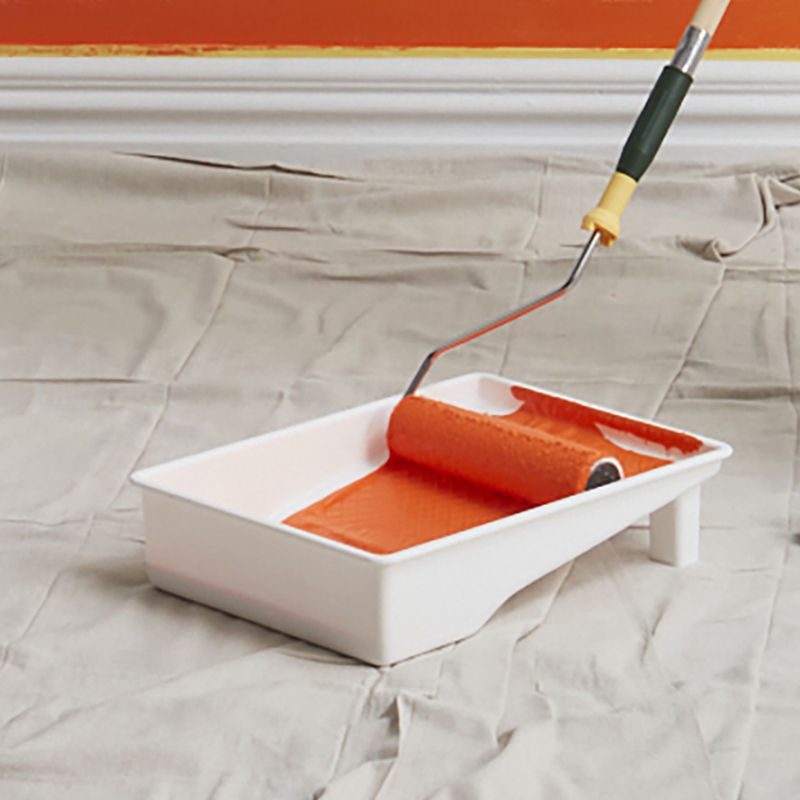With the right care, paint rollers can last a really long time. Looking after your paint roller and roller sleeves will not only save you money, but will help the environment by reducing the amount of waste you produce on the job.
With most painting projects, it’s likely you’ll need to stop for a break at some point in time. Make sure you stop painting at a natural end point in the wall like a corner or the end of a weatherboard.
If you intend to go back to painting soon, keep the roller wet by submerging the roller head in the remaining paint in your roller tray, then put a reusable plastic bag around the entire roller tray and tie the handles together or use masking tape to seal it shut. This will prevent your roller from drying out and will keep it ready for painting, saving you from unnecessarily washing your roller and tray.
When you’re finishing up the job and it’s time to clean out your roller, follow these steps to extend the life of your roller. Luckily, as Resene’s waterborne paints such as Resene Lumbersider Low Sheen and Resene SpaceCote are water based, cleaning your roller is a very simple process. Note: Traditional solventborne paints are very hard to remove from rollers and you may find you will need to throw away any rollers used with these types of paint because the old paint is too hard to remove.
To clean a roller follow our MasterStroke by Resene guide.














